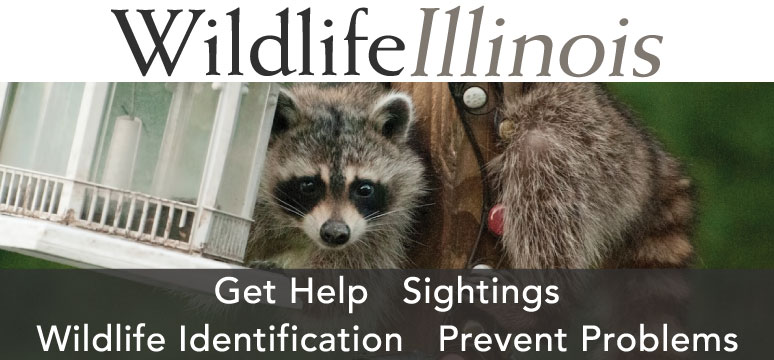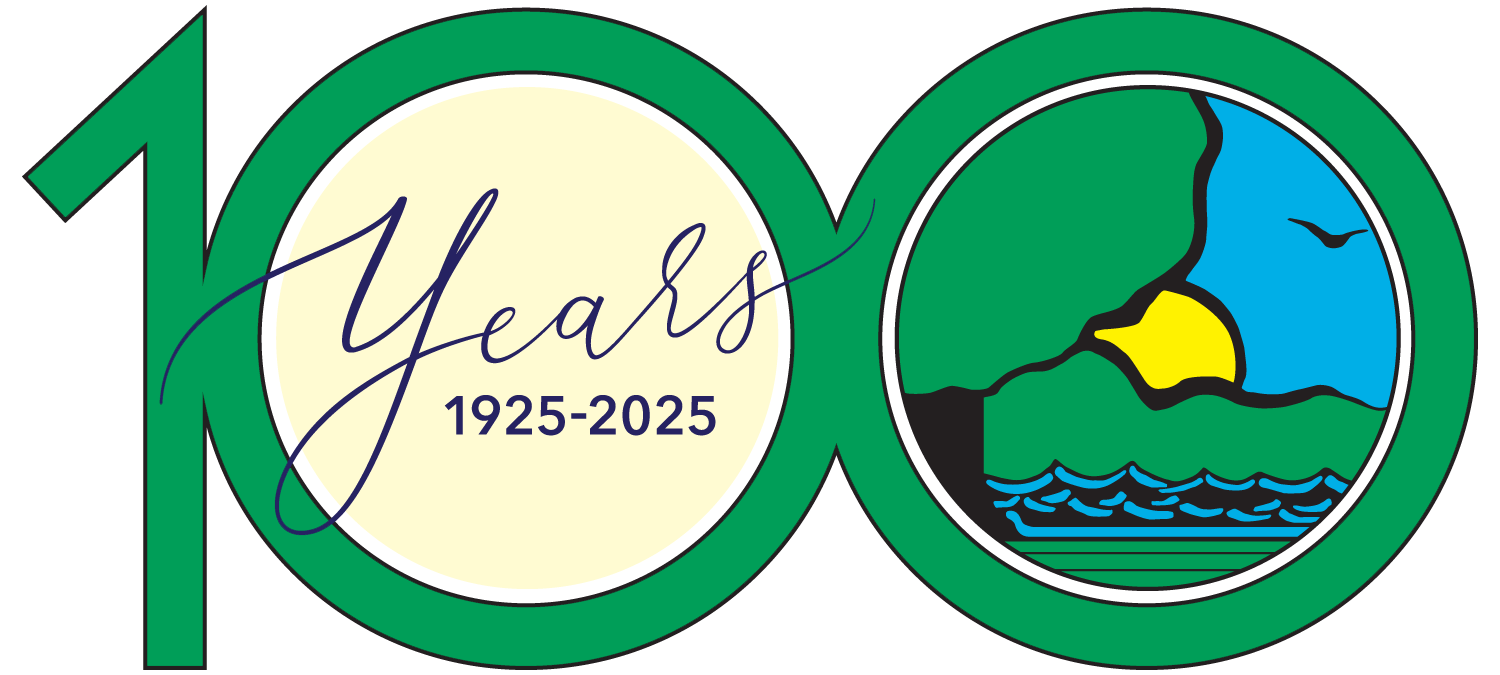
Photo by Suzy Brooks on Unsplash.



Photo by Suzy Brooks on Unsplash.
Wild turkeys require vast acreage to meet all their habitat requirements. Landowners often report seeing turkeys on their property in the fall and winter and not in the spring or vice versa. In a nutshell, the best way to attract and hold turkeys on your property is to actively manage to have all the habitats wild turkey require on your property. Today we will discuss how to improve wintering habitat for wild turkeys on your property.

Here in the Midwest, many of the remaining forests are overstocked and often have some infestation of invasive species, such as bush honeysuckle or autumn olive. These overstocked forests typically range from 120-140 basal area. Basal area is a forestry term describing how much space trees are taking up on a per acre basis. At this high basal area, the timber has reached a full canopy where all trees are in competition. The resources that trees use to grow are extremely limited and result in a stagnation of growth, reduction of mast production, and increase in disease and insect issues. To improve the health of your timber to promote growth and mast production, a Forest Stand Improvement (FSI) should be implemented to reduce the basal area of the forest. The goal of this FSI should be to release the highest quality timber on your property by removing all undesirable soft-hardwood (maple, box elder, hackberry, ash, etc.) species and any sick or dying timber. On average the basal should be reduced by roughly half. For example, a forest with a basal area of 120 square feet per acre should be reduced to roughly 60 square feet per acre. Before attempting to do this yourself or hiring someone to do this, I recommend contacting a forestry consultant to establish the baseline for any management practices on your property. Soft-hardwood species are shade-tolerant. This means that the species can grow in complete shade, minimal to no sunlight, and survive just fine. They will sit in the mid-story until they are released, at which time they will jump into the overstory and become the dominate canopy. The major issues with soft-hardwood species are that they provide minimal to no benefit to wildlife and they will out compete oak and hickory regeneration.
Once the FSI is complete, a healthy forest will provide good roosting habitat, protection from the elements, and excellent forage for turkeys throughout the winter. A side benefit of the FSI will be noticed in the spring. With a lower basal area, more sunlight will reach the forest floor and herbaceous vegetation should flourish while the canopy is maintained open. This herbaceous vegetation often creates some great brood-rearing and nesting habitat for wild turkeys.
Another tool for improving wintering habitat for turkeys is to plant open areas (logging roads, logging decks or old fields) as winter food plots. The key to helping turkeys survive the winter is to provide them with as much food as possible, especially if you are receiving a lot of snow.

As mentioned above, invasive species are a management concern. Wild turkeys lean on their keen eyesight to avoid predators; thus, they like to be able to see at least 50 feet around themselves. Infestations of bush honeysuckle and/or autumn olive reduce the sight range for turkeys, while also impeding movement and decreasing the biodiversity within a forest stand. If invasive species are present on your property, active management to control and remove these species can aid in improving your property’s habitat benefit for wild turkeys.
In conclusion, managing your oak/hickory forest with canopy openings will decrease competition between the timber, increase timber growth, increase mast production, and produce a beneficial herbaceous layer on the forest floor. Coupled with invasive species control, you should have an open hardwood forest landscape that produces ample mast in the fall/winter and herbaceous vegetation in the spring. The forest and woodland landscape is a primary objective of the Illinois Wildlife Action Plan, and will provide essential habitat for wild turkeys. The mast production will help turkeys through the winter, while the spring herbaceous layer will provide nesting cover and lots of insects for poult (young turkey) development.
In conclusion, with proper management across the landscape there will be a noticeable increase in quality habitat for wild turkeys. Even though this article focuses on turkeys, it is important to note that improved habitat for wild turkeys will also provide quality habitat for other species such as white-tailed deer. Many species of songbirds will also benefit from the habitat improvements.
Chase Seals is a forester and wildlife biologist with the National Wild Turkey Federation. The outdoors has been an essential part of his life since he was little, and he is honored to be able to work outdoors for his career.
Submit a question for the author